The concept of separation of powers in India is integral to the functioning of the nation’s democracy. Rooted in the ideas of political philosopher Montesquieu, this doctrine ensures that the Executive, Legislature, and Judiciary operate independently and serve as checks and balances on each other’s power. This post delves deep into the historical evolution, practical application, and contemporary relevance of separation of powers in India, providing insights into its significance and ongoing challenges
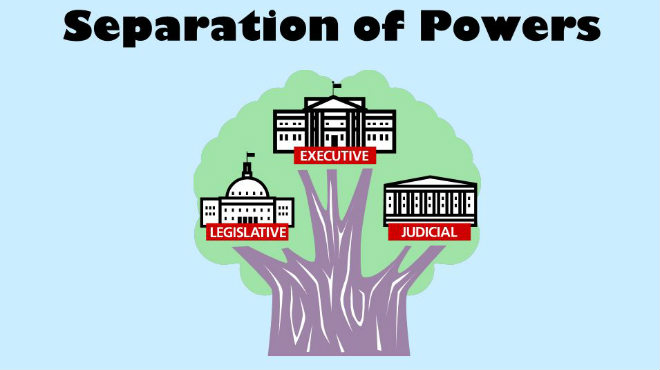
In This Post
ToggleHistorical Evolution of the Doctrine
Ancient and Modern Influences
The separation of powers doctrine dates back to ancient political philosophy, with traces seen in the governance structures of the Roman Republic and the Greek city-states. However, it was during the Enlightenment period that Montesquieu articulated the modern theory of separation of powers. In his work “The Spirit of the Laws” (1748), Montesquieu argued that liberty is most effectively safeguarded when the powers of government are divided into distinct branches that function independently.
Influence on the Indian Constitution
The framers of the Indian Constitution were deeply influenced by Montesquieu’s theory. During the Constituent Assembly debates, Dr. B.R. Ambedkar, along with other framers, emphasized the need to incorporate a system that would prevent the concentration of power in any single branch of government. Drawing inspiration from various constitutions, particularly those of the United States and the United Kingdom, the Indian Constitution was designed with a robust mechanism for the separation of powers.
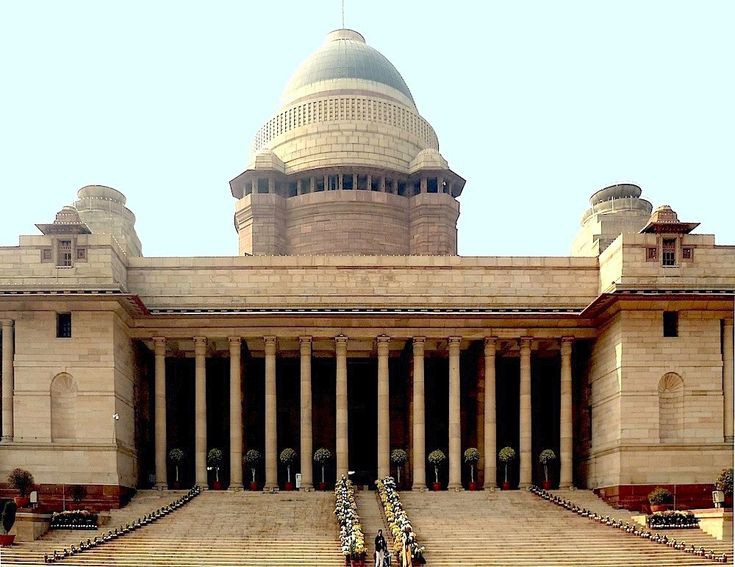
The Three Branches of Government in India
The Executive
In India, the Executive comprises the President, the Prime Minister, and the Council of Ministers. The President, as the head of state, has significant ceremonial duties but also possesses certain constitutional powers. The real executive power lies with the Prime Minister and the Council of Ministers, who are responsible for the day-to-day administration of the country. The Executive’s primary role is to implement and enforce laws made by the Legislature.
The Legislature
The Indian Parliament, consisting of the Lok Sabha (House of the People) and the Rajya Sabha (Council of States), represents the legislative branch. The Legislature’s primary function is to create laws, scrutinize the Executive, and represent the will of the people. The separation of powers in India mandates that the Legislature must operate independently from the Executive and Judiciary, although there are instances of overlap, particularly when ministers who are part of the Executive are also members of Parliament.
The Judiciary
The Judiciary in India is an independent body, tasked with interpreting the Constitution and laws, protecting fundamental rights, and resolving disputes. The Supreme Court of India stands at the apex of the judicial hierarchy, followed by High Courts and subordinate courts. The Judiciary acts as a guardian of the Constitution and a check on the powers of the Executive and Legislature, ensuring that their actions do not violate constitutional provisions.
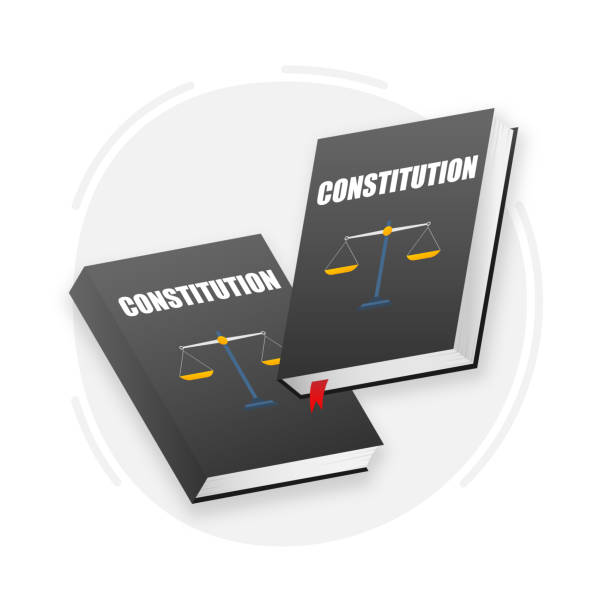
Doctrine of Separation of Powers in Administrative Law
Understanding Administrative Law in India
Administrative law governs the activities of administrative agencies of government. It is a branch of public law that deals with the decision-making of administrative units of government such as tribunals, boards, and commissions that are part of the Executive. Administrative law in India has evolved significantly, particularly in the post-independence era, as the government’s role expanded into economic and social planning.
Is Separation of Powers in Administrative Law?
A key question in the context of administrative law is whether the doctrine of separation of powers applies strictly. In practice, there is considerable overlap between the branches in administrative functions. Administrative agencies often exercise quasi-legislative and quasi-judicial powers, which can blur the lines of separation. For instance, regulatory bodies like the Securities and Exchange Board of India (SEBI) make rules (a legislative function) and enforce them (an executive function), and they also adjudicate disputes (a judicial function).
Provisions
The doctrine is applied in administrative law with flexibility. The Indian legal system recognizes that rigid adherence to the doctrine could hinder the effective functioning of government. However, the Judiciary remains vigilant in ensuring that the powers exercised by administrative agencies do not encroach upon the powers of other branches. This is often seen in cases where the courts review administrative decisions to ensure they do not exceed their legal authority or violate fundamental rights.
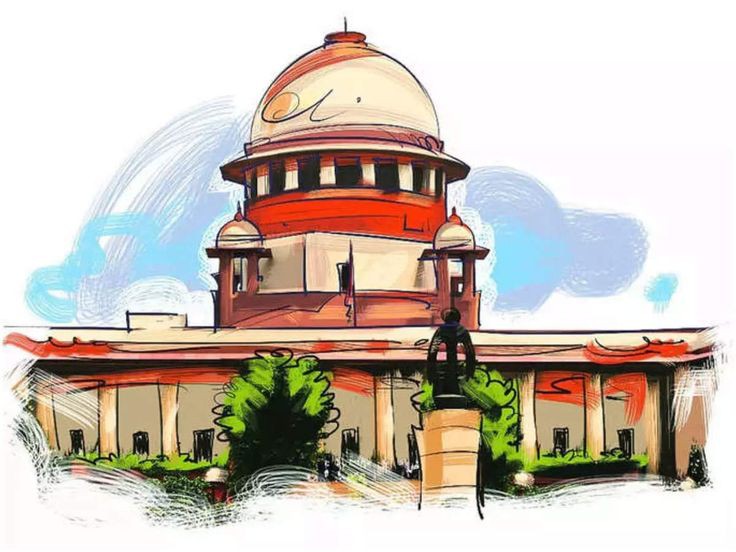
Judicial Interpretation and Key Case Laws
Landmark Judgments
The Indian Judiciary has played a pivotal role in interpreting and reinforcing the separation of powers. Landmark cases such as Kesavananda Bharati v. State of Kerala (1973) and Indira Gandhi v. Raj Narain (1975) have shaped the contours of this doctrine in India.
- Kesavananda Bharati v. State of Kerala (1973): This case established the basic structure doctrine, where the Supreme Court ruled that the basic structure of the Constitution, which includes the separation of powers, cannot be altered by any amendment.
- Indira Gandhi v. Raj Narain (1975): In this case, the Supreme Court emphasized the independence of the Judiciary and struck down the 39th Amendment, which sought to place the Prime Minister’s election beyond judicial scrutiny.
Judicial Activism vs. Judicial Restraint
Judicial activism refers to the proactive role played by the Judiciary in safeguarding rights and interpreting the Constitution. While it has led to significant judgments that protect civil liberties and maintain checks on other branches, it has also been criticized for overstepping boundaries. Critics argue that in some instances, the Judiciary has encroached upon the domains of the Legislature and Executive, thereby challenging the separation of powers.On the other hand, judicial restraint advocates for a more conservative approach, where the Judiciary defers to the wisdom of the Legislature and Executive unless there is a clear violation of constitutional principles.
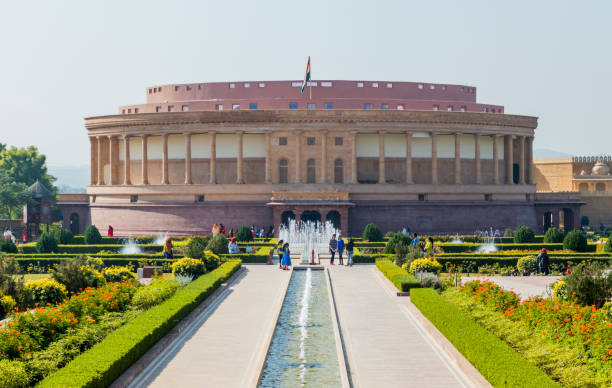
Challenges and Criticisms
Inter-Branch Conflicts
Conflicts between the branches of government are not uncommon in India. Instances such as the imposition of President’s Rule in states, judicial review of constitutional amendments, and legislative attempts to curb judicial powers illustrate the ongoing tussle for supremacy among the branches.
These conflicts often arise due to differing interpretations of constitutional provisions, political motivations, or the desire to assert authority. Such situations challenge the delicate balance of power that the separation of powers doctrine seeks to maintain.
Criticisms of the Doctrine in India
One of the major criticisms of the separation of powers in India is the overlap of functions among the three branches. For example, ministers are part of both the Executive and Legislature, and administrative bodies often perform judicial functions. Critics argue that this overlap can lead to a concentration of power and undermine the independence of the branches.
Additionally, the centralization of power within the Executive, particularly during times of political dominance by a single party, poses a challenge to the doctrine. The use of ordinances by the Executive to bypass the Legislature and the growing trend of judicial overreach are also areas of concern.
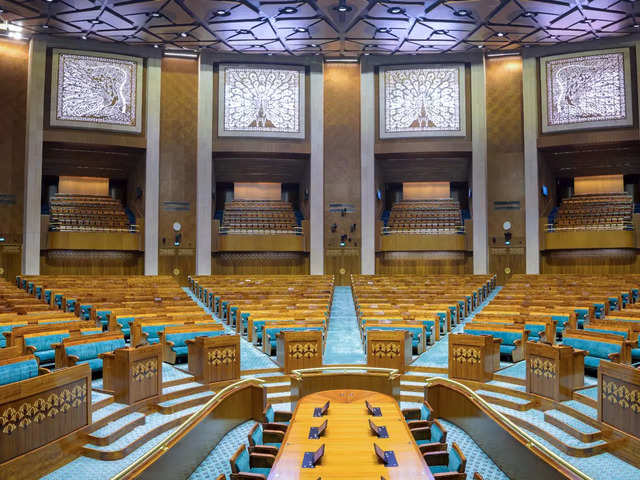
Comparison with Other Countries
Separation of Powers in the United States
The United States Constitution is often cited as a model for the separation of powers. It clearly delineates the functions of the Executive, Legislature, and Judiciary, with robust checks and balances. Unlike India, where there is some overlap, the U.S. system maintains a stricter separation, with the President, Congress, and Supreme Court operating largely independently.
Separation of Powers in Other Democracies
In the United Kingdom, the separation of powers is less pronounced, with the Prime Minister and the Cabinet being members of Parliament. However, reforms such as the establishment of the UK Supreme Court in 2009 have strengthened the independence of the Judiciary. Similarly, in countries like Australia and France, the separation of powers is adapted to fit their specific legal and political contexts, offering useful contrasts to the Indian model.
Conclusion
The separation of powers in India is essential for maintaining the democratic fabric of the nation. It ensures that no single branch of government can dominate the others, thereby protecting individual liberties and promoting effective governance.
As India’s democracy continues to evolve, the doctrine of separation of powers must be continually assessed and adapted to meet new challenges. Citizens, lawmakers, and the Judiciary must work together to uphold this principle, ensuring that the Constitution remains a living document that serves the interests of all Indians.
FAQ's
It prevents the concentration of power in any one branch of government, thereby safeguarding liberty and ensuring effective governance.
The Constitution establishes the Executive, Legislature, and Judiciary as separate entities with distinct powers and responsibilities, though with some overlaps.
Yes, the Judiciary can review and strike down actions of the Executive or Legislature if they violate the Constitution.
Reference
- Montesquieu’s Theory of Separation of Powers
- Doctrine of Separation of Powers: Indian Constitution
- Kesavananda Bharati v. State of Kerala – Landmark Case
- Judicial Activism in India: Analysis
- Separation of Powers in the United States
- Understanding Cooperative Federalism in India: Key Features and Impact
- Constitutional Morality in India: A Comprehensive Analysis for 2024

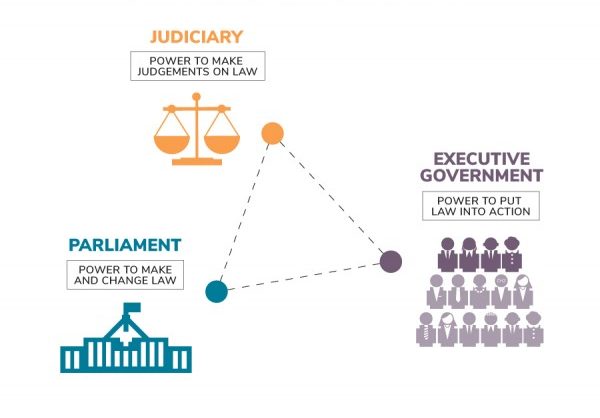
Hey people!!!!!
Good mood and good luck to everyone!!!!!
Hello!
Good cheer to all on this beautiful day!!!!!
Good luck 🙂